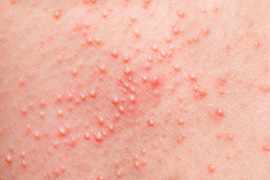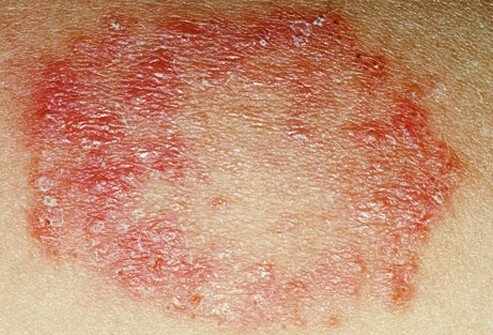
Trichomoniasis is a common sexually transmitted infection (STI) caused by the parasite Trichomonas vaginalis. This infection is primarily spread through sexual contact and can affect both men and women. While some individuals experience symptoms, others remain asymptomatic, making diagnosis and treatment crucial in preventing complications and further transmission.
Diagnosing Trichomoniasis
1. Physical Examination
A healthcare provider may begin the diagnosis with a physical examination, especially for women, to check for signs of infection such as vaginal redness, discharge, and irritation. However, a physical examination alone is not sufficient to confirm trichomoniasis.
2. Microscopic Examination
A wet mount test is one of the most common methods used to diagnose trichomoniasis. This involves collecting a sample of vaginal or urethral discharge and examining it under a microscope. The presence of the Trichomonas vaginalis parasite confirms the infection.
3. Culture Test
A culture test involves placing the sample in a special medium to encourage the growth of the parasite. This test is more sensitive than a microscopic examination but may take a few days for results.
4. Nucleic Acid Amplification Tests (NAATs)
NAATs are highly sensitive and are considered the most accurate tests for diagnosing trichomoniasis. These tests detect the genetic material of the parasite in urine, vaginal, or urethral samples.
5. Rapid Antigen Tests
Rapid tests detect Trichomonas vaginalis antigens in vaginal swabs. While these tests provide quick results, they may not be as accurate as NAATs.
Treatment of Trichomoniasis
1. Metronidazole and Tinidazole
The primary treatment for trichomoniasis involves antibiotics such as:
Metronidazole (Flagyl) – Typically prescribed as a single 2g dose or a 500mg dose taken twice daily for seven days.
Tinidazole (Tindamax) – Similar to metronidazole, tinidazole is also given as a single 2g dose and is considered effective in treating the infection.
Both medications work by disrupting the DNA of Trichomonas vaginalis, preventing the parasite from multiplying and surviving. Patients are advised to avoid alcohol while taking these medications, as they can cause severe nausea and vomiting when combined with alcohol.
2. Nitazoxanide 500mg for Trichomoniasis
While nitazoxanide is primarily used for treating parasitic infections like cryptosporidiosis and giardiasis, studies have explored its effectiveness in treating trichomoniasis. The nitazoxanide 500mg is sometimes considered as an alternative treatment when standard therapies fail or when patients experience adverse reactions to metronidazole and tinidazole. However, more research is needed to establish its efficacy against Trichomonas vaginalis.
3. Treatment Considerations
Partner Treatment – It is essential to treat sexual partners simultaneously to prevent reinfection.
Abstinence During Treatment – Patients should avoid sexual activity until they and their partners have completed treatment and symptoms have resolved.
Pregnancy Considerations – Pregnant women can safely take metronidazole under medical supervision, as untreated trichomoniasis can lead to complications such as preterm birth.
Preventing Trichomoniasis
1. Safe Sexual Practices
Using condoms and dental dams during sexual activity can significantly reduce the risk of contracting trichomoniasis.
2. Regular STI Testing
Regular screenings help detect asymptomatic cases and prevent the spread of the infection.
3. Avoiding Multiple Sexual Partners
Limiting the number of sexual partners can lower the risk of contracting trichomoniasis and other STIs.
4. Good Hygiene Practices
Maintaining proper genital hygiene can help reduce the risk of infections, though trichomoniasis is not primarily spread through non-sexual means.
Conclusion
Trichomoniasis is a highly treatable infection when diagnosed early. Standard treatments include metronidazole and tinidazole, with nitazoxanide 500mg being explored as an alternative option. Ensuring sexual partners receive treatment and practicing safe sex are crucial in preventing reinfection. Regular STI testing and proper medical consultation can help individuals maintain their sexual health and prevent complications associated with trichomoniasis.










Write a comment ...